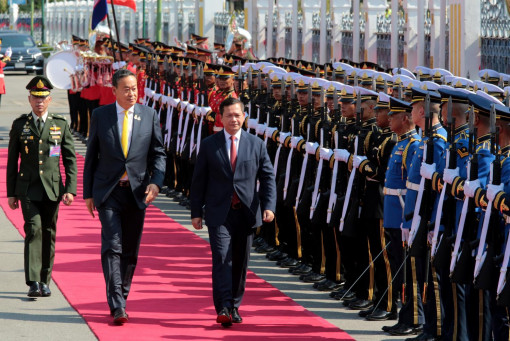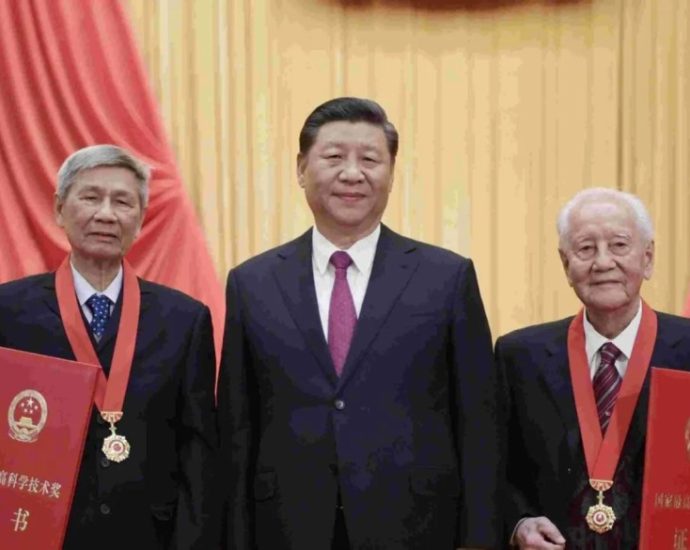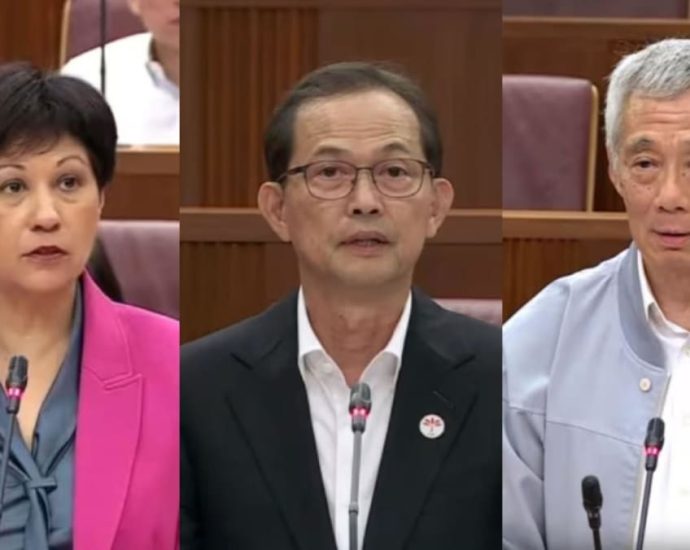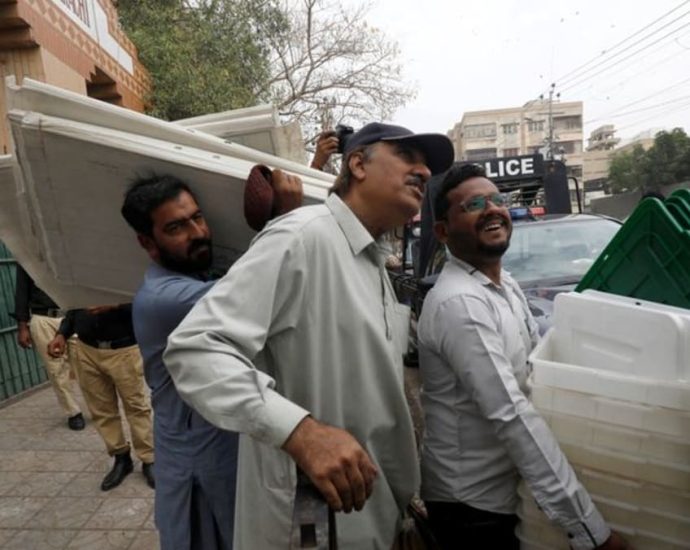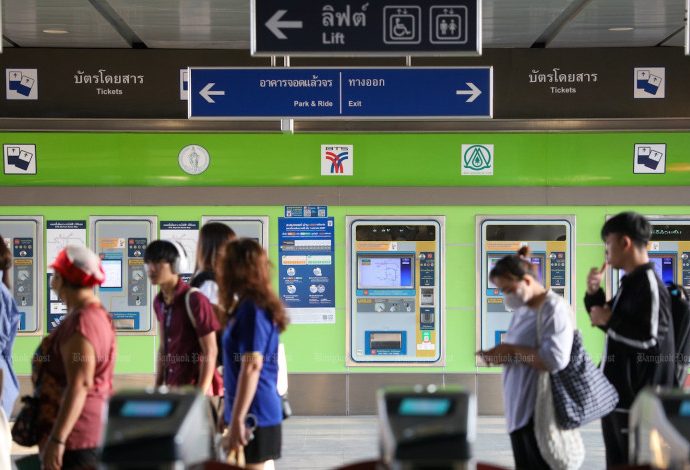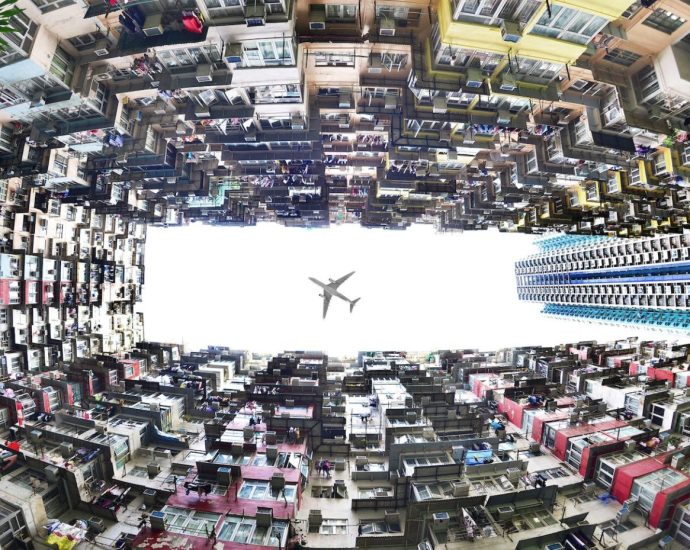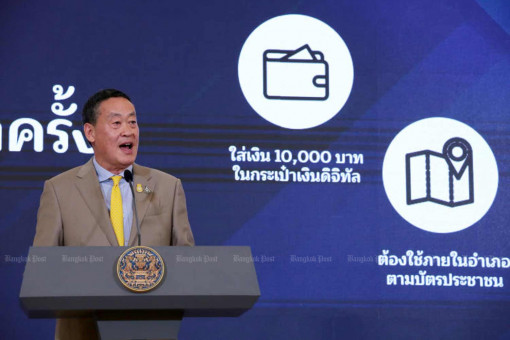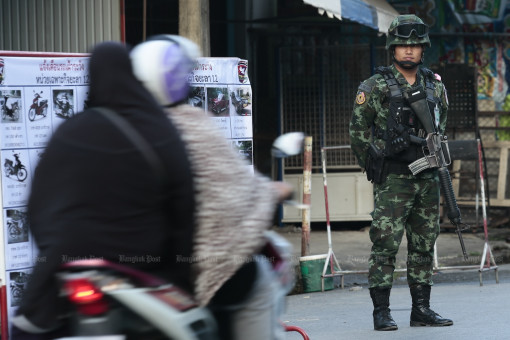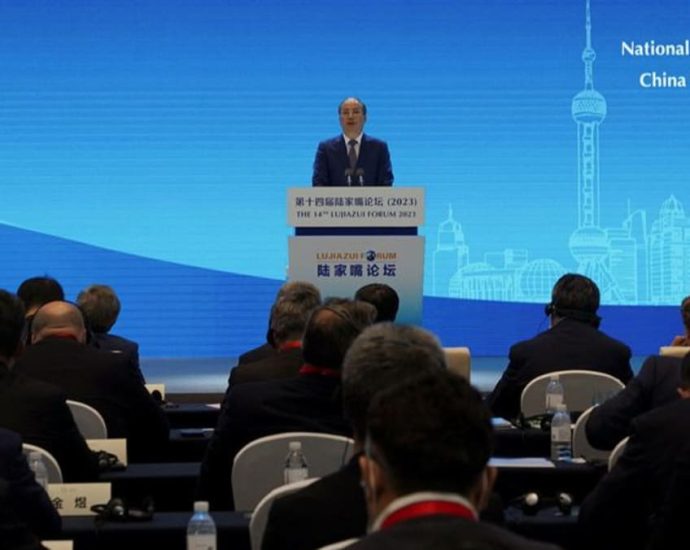BMC gives B23.4bn nod for Green Line

Money to be spent on second extension
PUBLISHED : 8 Feb 2024 at 04:00
The Bangkok Metropolitan Council (BMC) has approved up to 23.4 billion baht for payment to the Bangkok Mass Transit System Plc (BTSC) for electrical and mechanical (E&M) installation work and operation services for the Green Line’s second extension.
The BMC held its sixth general meeting to hear the result of a review of the additional expenditure from the annual budget yesterday. Those present included Bangkok governor Chadchart Sittipunt, executive officials and other high-ranking state officials. The motion to approve the spending received 43 votes, with one abstention.
Napapon Chirakul, Bangkok councillor for Bangkok Noi district and chairman of the committee reviewing the draft budget ordinance, said the proposed additional expenditure is fixed at 23.4 billion baht.
The special expenditure budget was set aside for the BMA to receive the second Green Extension Line assets and settle the costs of the E&M and the Green Line’s operation services.
BMA and its business arm, Krungthep Thanakhom (KT), owe the BTSC 30 billion baht for hiring the BTSC to provide operation and maintenance services. In December last year, the BMA began charging passengers for the Green Line’s second extension routes, a move believed to be part of a bid to address the debt.
The Napapon panel yesterday urged the Bangkok Metropolitan Administration (BMA) to tell people why a budget was needed for the E&M system. The panel also said the BMA should speed up spending for the E&M so it can turn its attention to other projects.
Mr Chadchart said the BMA’s Traffic and Transportation Department will meet KT Corporation (KT) and BTSC today to flesh out details of the spending. The draft ordinance will also be published in the Royal Gazette, while the BMA must also inform the Interior Ministry of any progress made in the payment.


